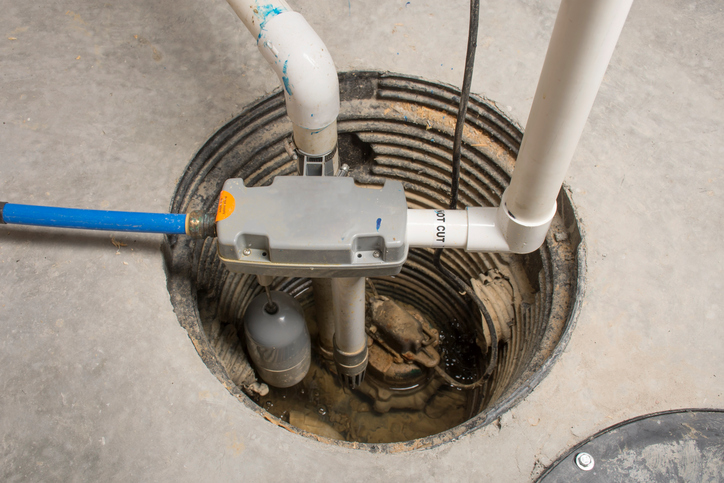How to Prevent Frozen Pipes in Michigan
Frozen Pipes: A Midwinter’s Nightmare
Few words strike fear into a Michigander’s heart like “frozen pipes.” The inconvenience, the mess (the headache!), and the cleanup afterwards…Is there anything worse?! Fortunately, there are several steps you can take to minimize the risk of frozen pipes and the havoc burst pipes can cause.
An Ounce of Prevention
Ben Franklin once said, “An ounce of prevention is worth a pound of cure.” When it comes to frozen pipes nothing could be more true. Aside from the inconvenience of being without water, frozen pipes can cause extensive home damage should your pipes burst (as water freezes it expands; the pressure caused by this expansion is what causes pipes to burst). Investing some time and effort now can save you thousands of dollars in cleanup and repair later.
Fighting the Freeze Factor
Though you might not realize it, preventing frozen pipes inside starts outside. That’s because as water freezes inside a forgotten garden hose, ice backs up into the faucet that supplies it causing cracks and fissures. Indoor leaks and flooding happen when spring temperatures melt the ice and water seeps through these cracks and fissures. Before cold weather hits, disconnect and drain garden hoses and ensure other outdoor plumbing is winterized as well (e.g. hose bibs, swimming pool supply lines, and water sprinkler lines).
Water pipes inside the home should never be exposed to freezing temperatures. Unheated areas such as attics, crawl spaces, and outside walls should be avoided whenever possible. Though newer homes are often built with this information in mind, pipes in older homes may need to be rerouted if frequent freezing is a problem. If rerouting isn’t a practical solution, wrapping pipes with heat tape or adding extra insulation to walls can provide added protection.
Preventing frozen pipes may sound like a lot of work, but protecting your home from a winter plumbing emergency doesn’t have to be costly or complicated. Below are several simple measures you can take to fight the freeze:
- Open cabinet doors to allow warmer air to circulate around the plumbing
- Allow cold water to drip from faucet served by exposed pipes
- When traveling during the winter months be sure to set your thermostat no lower than 55° F
Frozen Pipes Happen
Despite our best efforts, frozen pipes still happen. If you think you may have a frozen pipe, keep the affected faucet open. Heat the frozen section of pipe (try using a heating pad wrapped around the pipe, or a hair dryer or portable space heater), and continue to apply heat until the water pressure is fully restored. If you’re unable to restore water flow, or if you feel the problem is more than you can safely handle, call a licensed plumber. These professionals will assess your situation and provide a workable solution to get your home (and life!) back to normal.
We look forward to providing the top-rated HVAC, plumbing, and electrical solutions you need. Fill out the
form below to get started!






